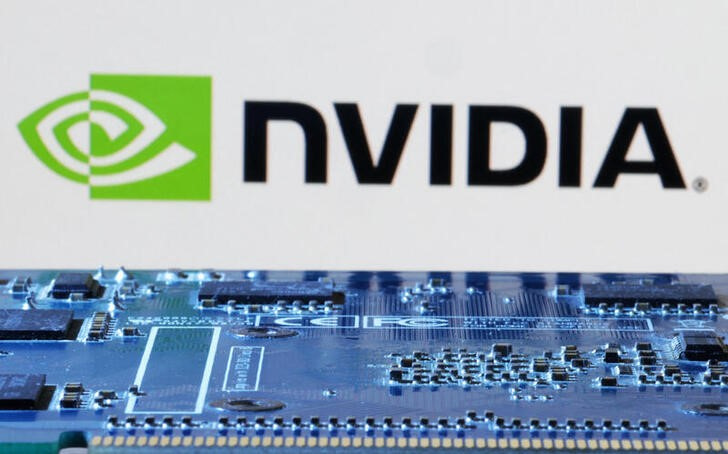S&P 500 may face selling pressure as systematic funds reach full exposure
FREMONT, Calif. & CLEARWATER, Fla. - TD SYNNEX (NYSE: NYSE:SNX), a key player in the global IT distribution and solutions aggregation, has announced an expansion of its AI product range through a deepened collaboration with NVIDIA (NASDAQ:NVDA) in North America. This move aims to enhance the development and deployment of AI and machine learning capabilities.
The extended partnership builds upon a relationship that has spanned over a decade, during which TD SYNNEX has provided a variety of NVIDIA platforms. The company now includes NVIDIA RTX GPUs in its North American offerings, completing the full suite of NVIDIA products.
These products are designed to support AI-augmented applications, AI model training, professional graphics, and digital twin applications for various industries.
Gary Palenbaum, Executive Vice President of Sales and Vendor Management at TD SYNNEX, emphasized the company's dedication to delivering top-tier AI tools to meet customer needs. He stated that the collaboration with NVIDIA would continue to unlock the potential of the IT ecosystem for their clients.
NVIDIA's enterprise platforms cater to sectors such as manufacturing, medical, media, entertainment, and AECO (architecture, engineering, construction, and operations).
Sandeep Gupte, Vice President of Enterprise Platforms at NVIDIA, remarked on the increasing demand for high-performance and advanced visualization capabilities in AI computing. He noted that the expanded offerings from TD SYNNEX would accelerate AI-enhanced applications and workflows across different industries.
The partnership is also part of TD SYNNEX's Destination AI Program, which aggregates various AI services and resources to give partners a competitive advantage.
This announcement is based on a press release statement from TD SYNNEX. For more information on TD SYNNEX's NVIDIA offerings, interested parties can visit the company's website. TD SYNNEX, headquartered in Clearwater, Florida, and Fremont, California, serves over 150,000 customers in more than 100 countries.
This article was generated with the support of AI and reviewed by an editor. For more information see our T&C.
